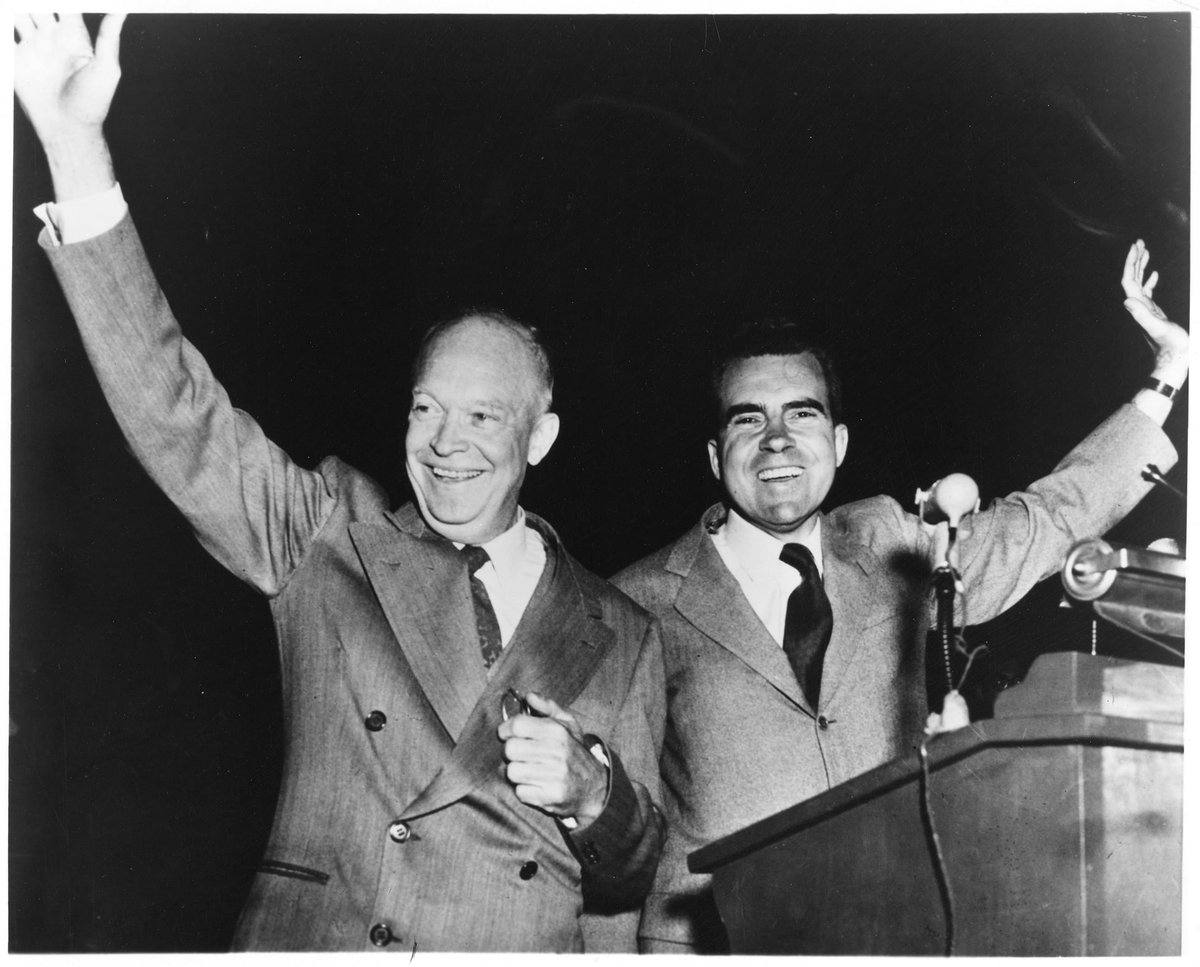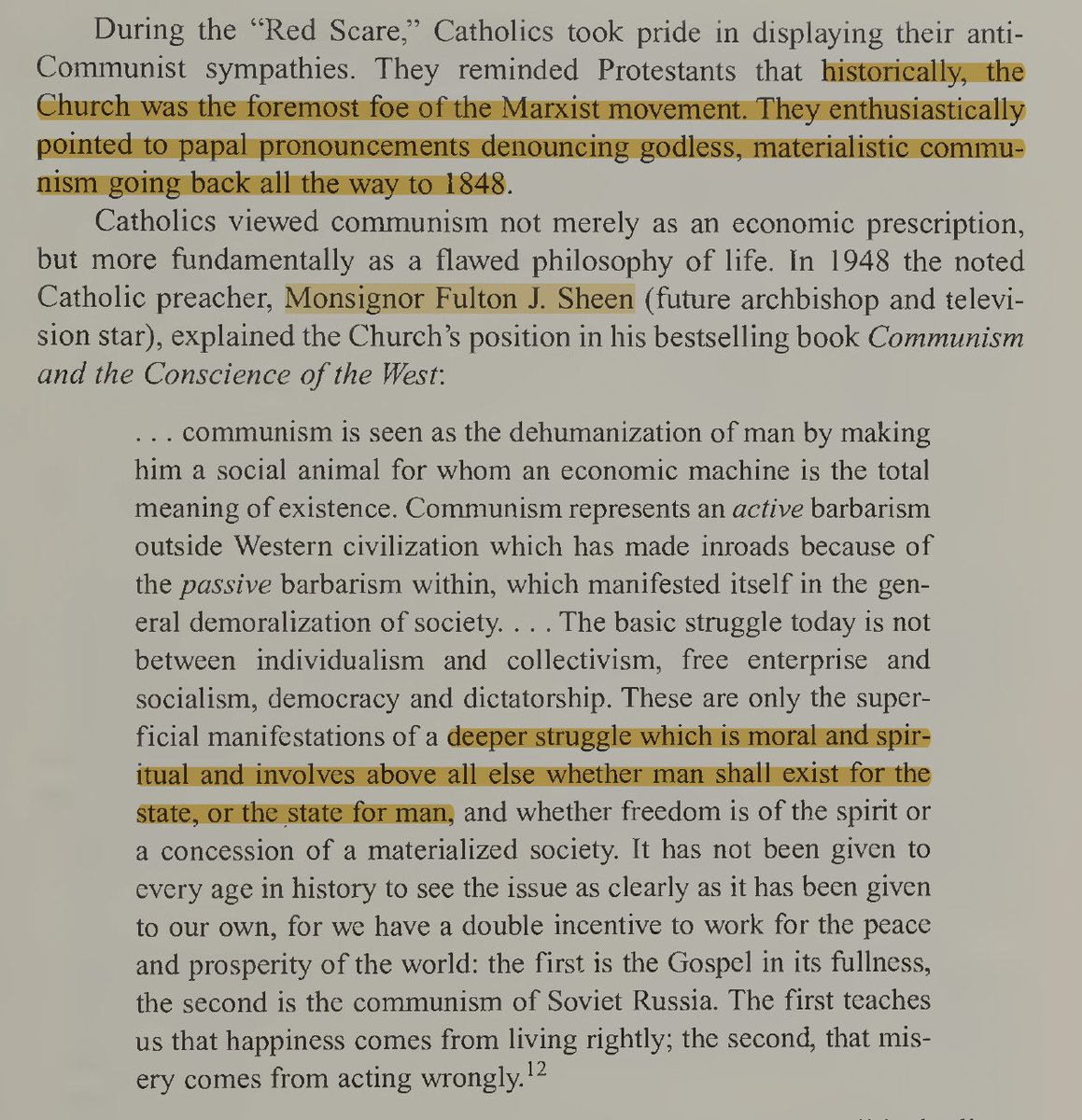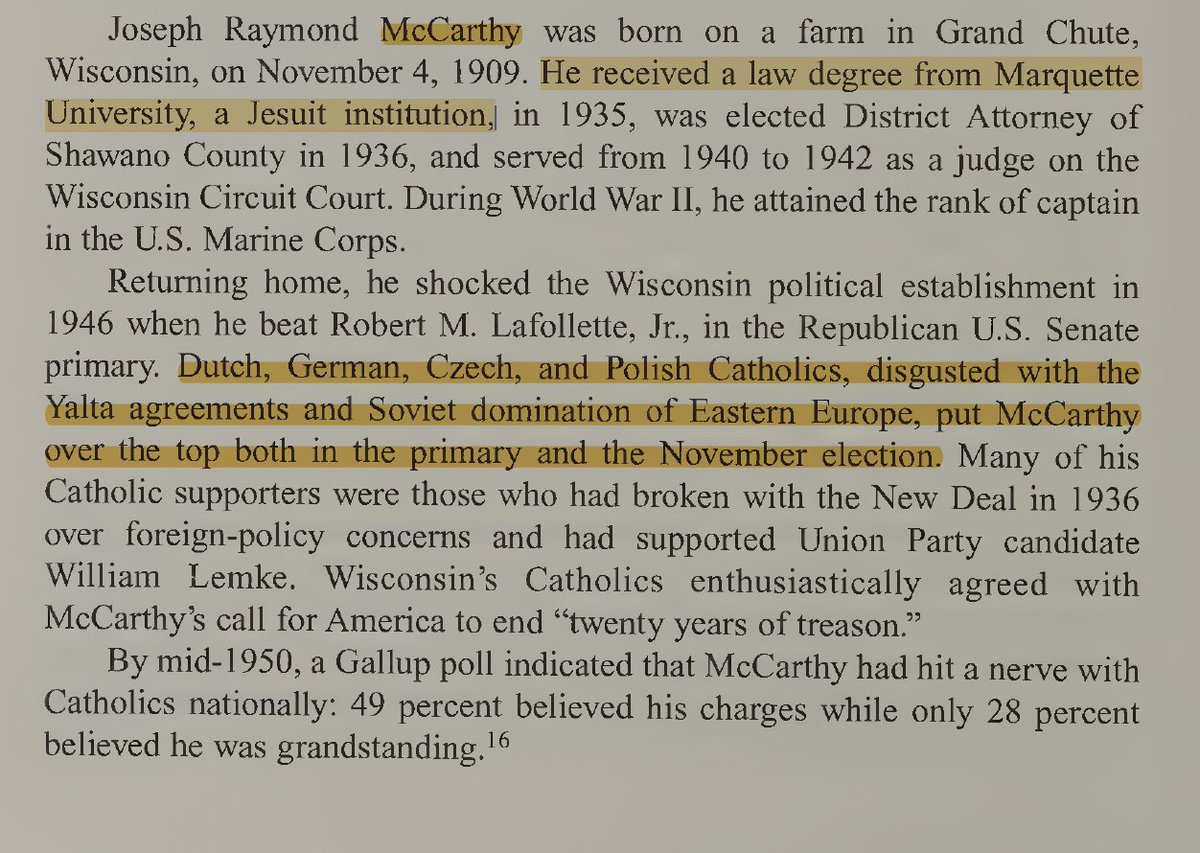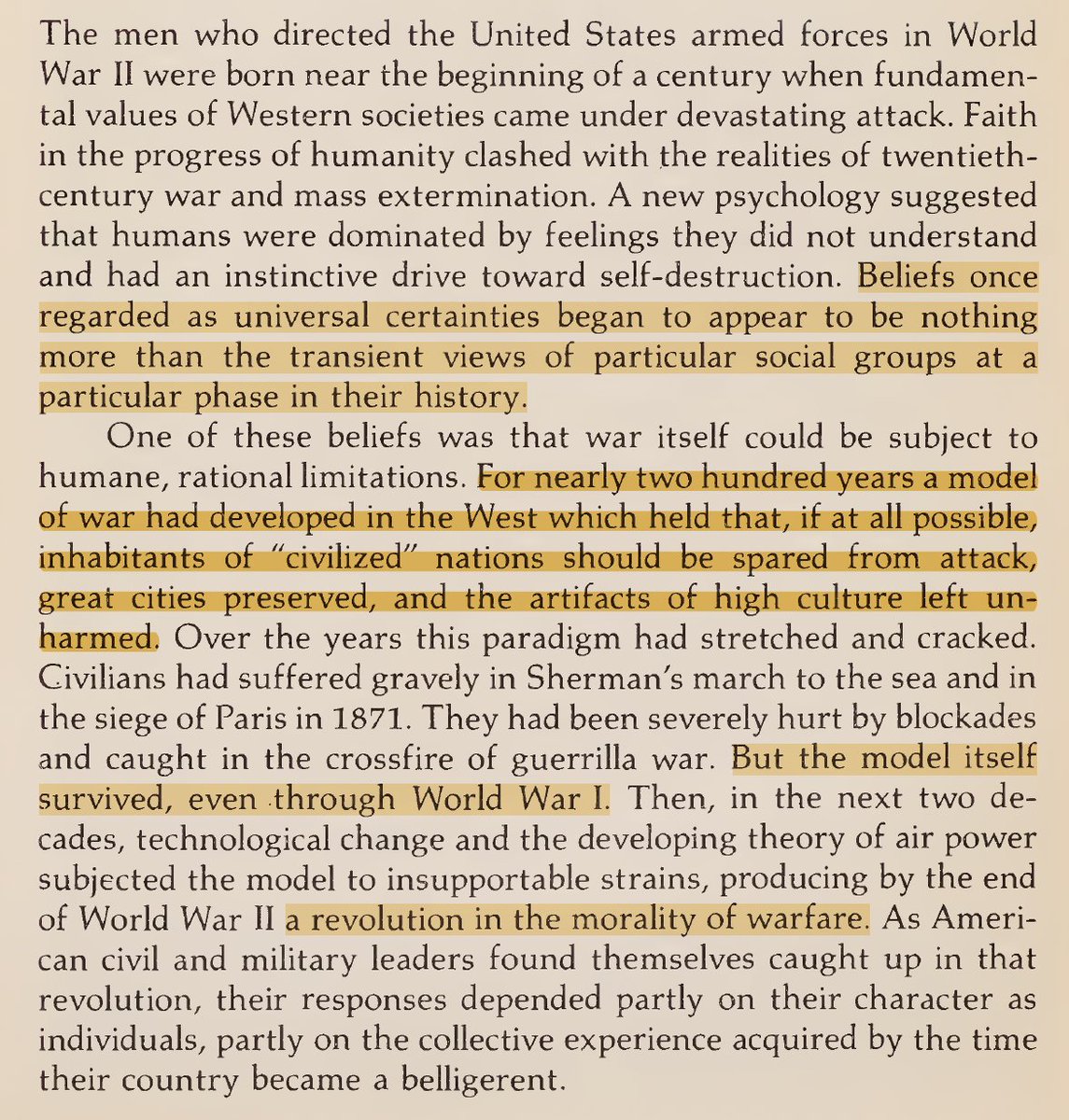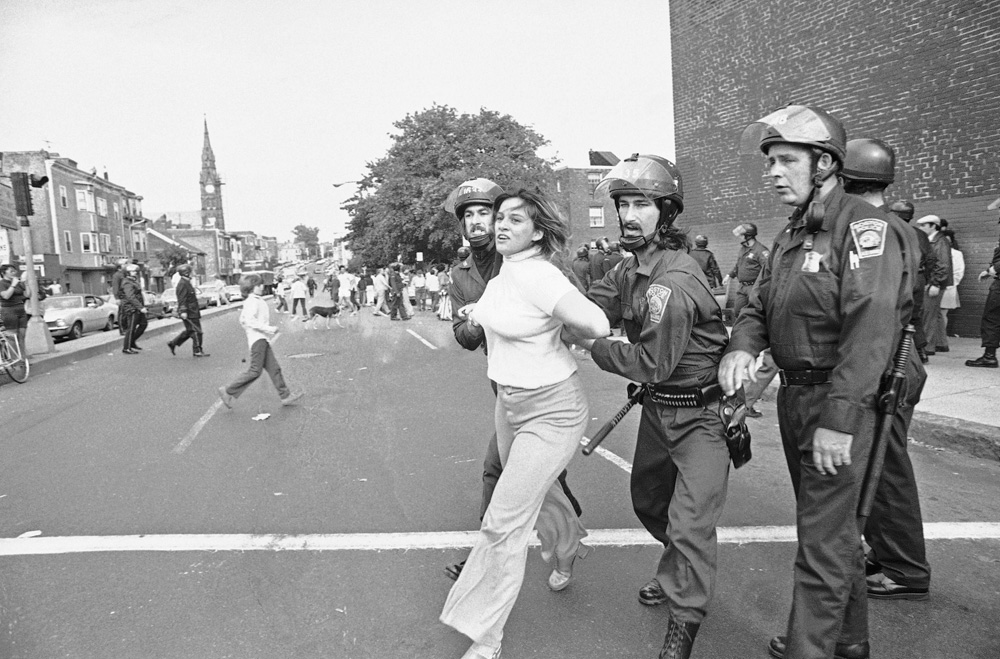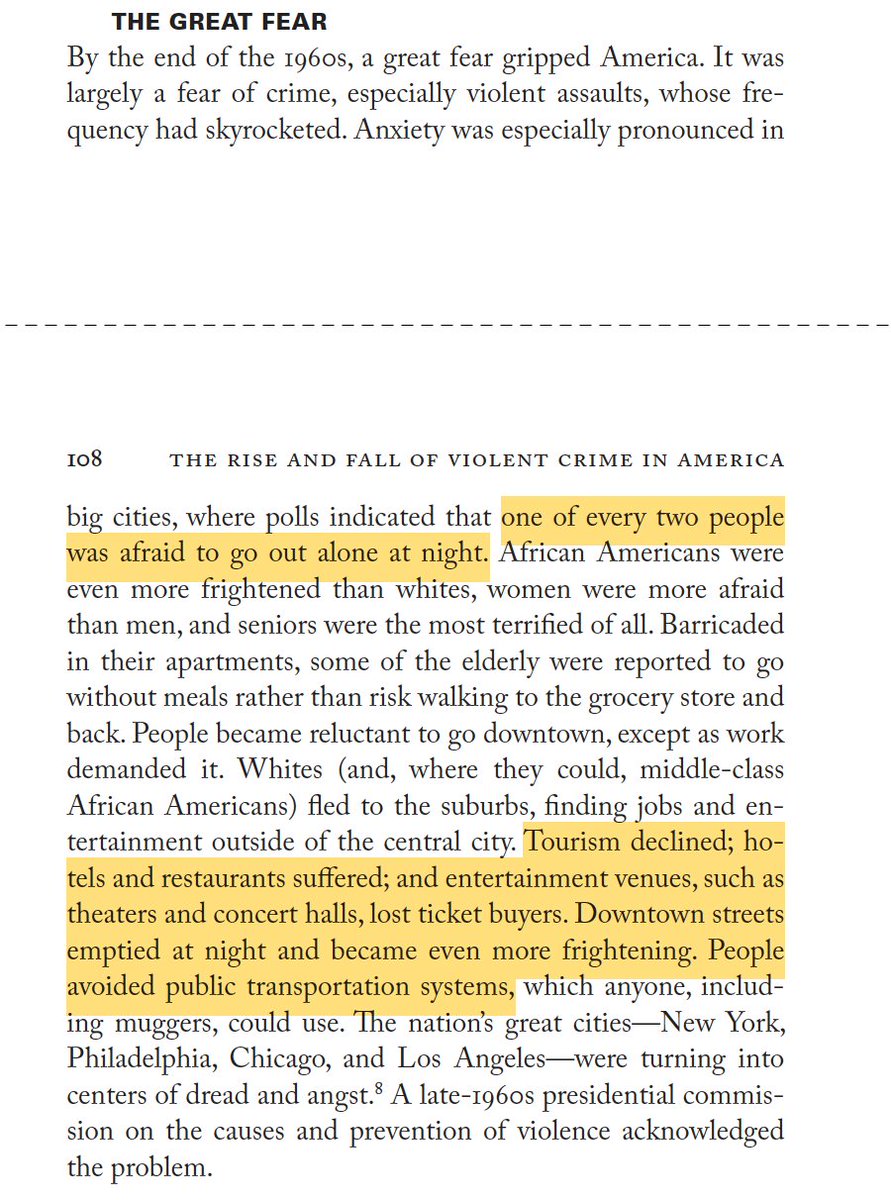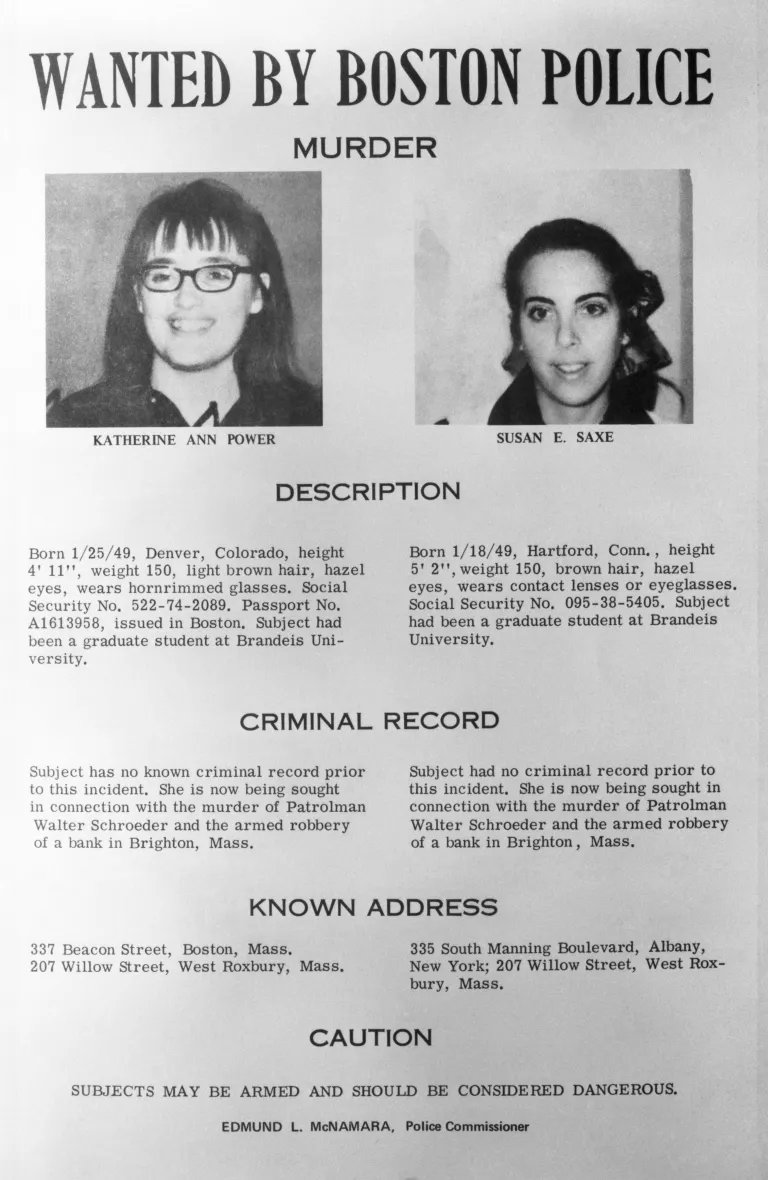Italian-American Voters: From New Deal Democrats to Nixon Republicans - Pat Buchanan's search for a new majority, and the GOP’s never-ending pursuit of the wrong voters.
Early Italian American voters had been solid Republicans, associating the GOP with economic prosperity.
🧵/15


Early Italian American voters had been solid Republicans, associating the GOP with economic prosperity.
🧵/15
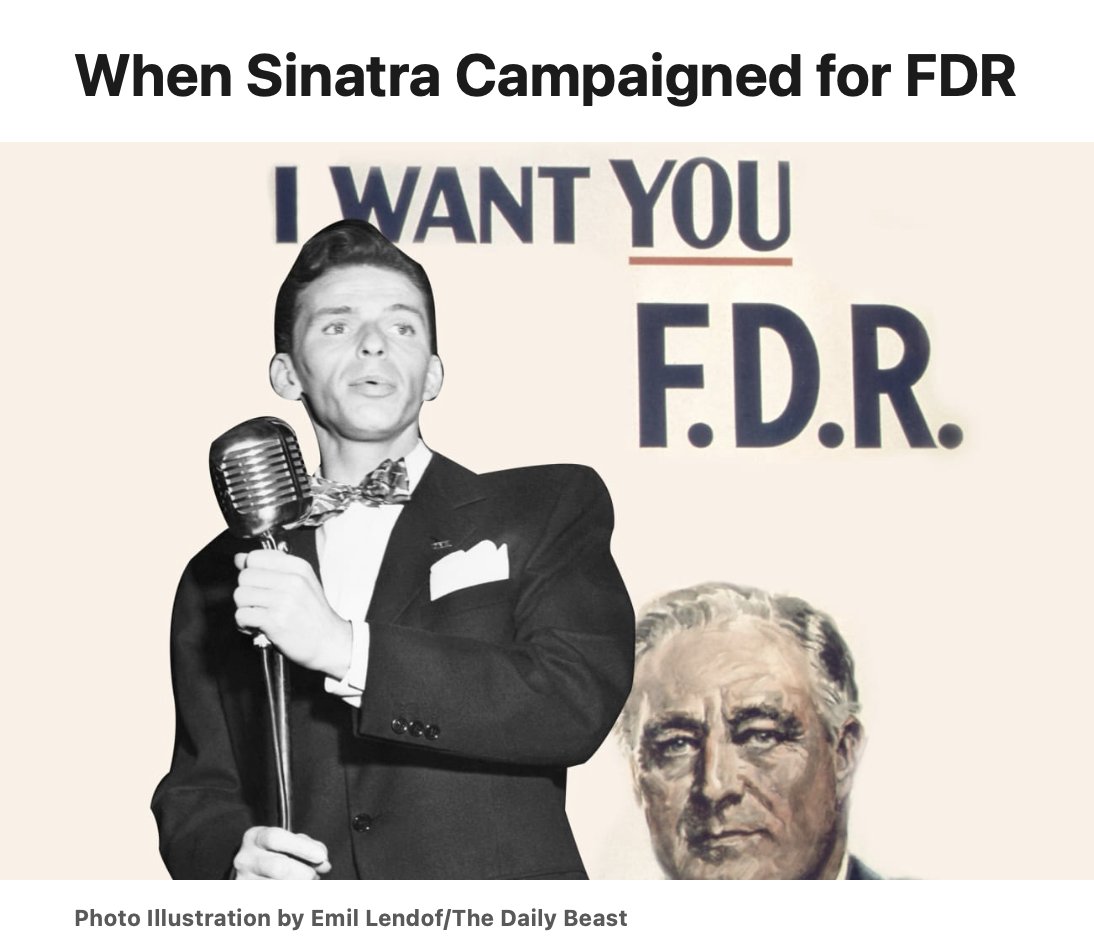

In addition, Italians often felt unwelcomed by the Irish-dominated urban political machines.
“It can be presumed that many Italians selected the Republican Party only because it represented the party in opposition to the Irish-Democrats.”
2/15


“It can be presumed that many Italians selected the Republican Party only because it represented the party in opposition to the Irish-Democrats.”
2/15


Italian voters were pragmatic: "The basic affinity of Italian Americans lay with conservative Democrats, rockribbed Republicans who abjured the lofty rhetoric of Yankee mugwumps, and nonideologicallocal politicians who spoke to the needs of family and community."
3/15
3/15

As the first Catholic Presidential candidate for a major party, Al Smith caused a strong shift by Italians toward Democrats. And Smith’s opposition to Prohibition also bolstered his popularity with Italians, who on occasion were known to enjoy a glass of wine in moderation.
4/15


4/15


“Roosevelt's plummeting strength after 1932 prefigured the fickleness of the Catholic portion of the New Deal coalition.”
The specter of war was a critical factor: "I can't forget that Roosevelt sucked us into World War II. We never should have been in that war."
5/15


The specter of war was a critical factor: "I can't forget that Roosevelt sucked us into World War II. We never should have been in that war."
5/15


As war with Italy loomed, the dissatisfaction with FDR intensified. After 1940, FDR’s son Elliott observed that it was no longer safe to campaign in New York’s Italian neighborhoods.
6/15
6/15

Despite growing anger toward FDR, New Deal patronage and city political machines kept most Italian voters in the Democrat coalition.
7/15
7/15

During the Cold War, Italian Americans were “alienated by liberal internationalism” and they embraced the “Nationalist views of the Republican Party.” Catholic anti-communism was often intense, and Italian Americans approved of Senator Joseph McCarthy by wide margins.
8/15



8/15



Italian voters rallied to Eisenhower in the 1950s, and gave Ike over 70% of the vote in Little Italy in 1956. Even running against JFK in 1960, Nixon showed surprisingly strong support with NYC Italian voters. Perhaps the old Irish-Italian antagonism lingered on.
9/15


9/15


Some Republican strategists saw an opportunity to build a new, enduring majority that included Southerners and White working-class Catholics. Nixon-advisor Pat Buchannan never tired of advocating a strategy of directly appealing to Italian voters. Nixon was receptive.
10/15




10/15




Some of Nixon’s more “centrist” advisors proposed a completely different strategy: William Safire advocated a liberal “New Alignment” strategy of “reaching out for the poor, young and black.” In Buchanan's view, Safire's proposed coalition was "an absurdity."
11/15


11/15


Similarly, in 1971, John Ehrlichman proposed downplaying any direct appeal to Catholics, and instead advocated reaching out to Blacks, Jews and Hispanic voters. Buchanan could not contain his dismay – he called the proposed strategy “remorseless nonsense.”
12/15


12/15


Buchanan saw aid to parochial schools, and opposition to abortion and pornography as winning issues that could lure wavering conservative Democrats to Nixon. With a nod to Chesterton, he lamented that the building of a "New Republican Majority" had never been tried.
13/15



13/15



Nixon embraced enough of Buchanan’s strategy to win not only the Italian vote, but the overall Catholic vote in 1972. With a 49-state landslide, an enduring conservative Republican majority seemed to be within reach. But Watergate and GOP stupidity intervened.
14/15




14/15




Epilogue: And of course, many GOP strategists continue to advocate “remorseless nonsense” and never tire of chasing the wrong voters. 
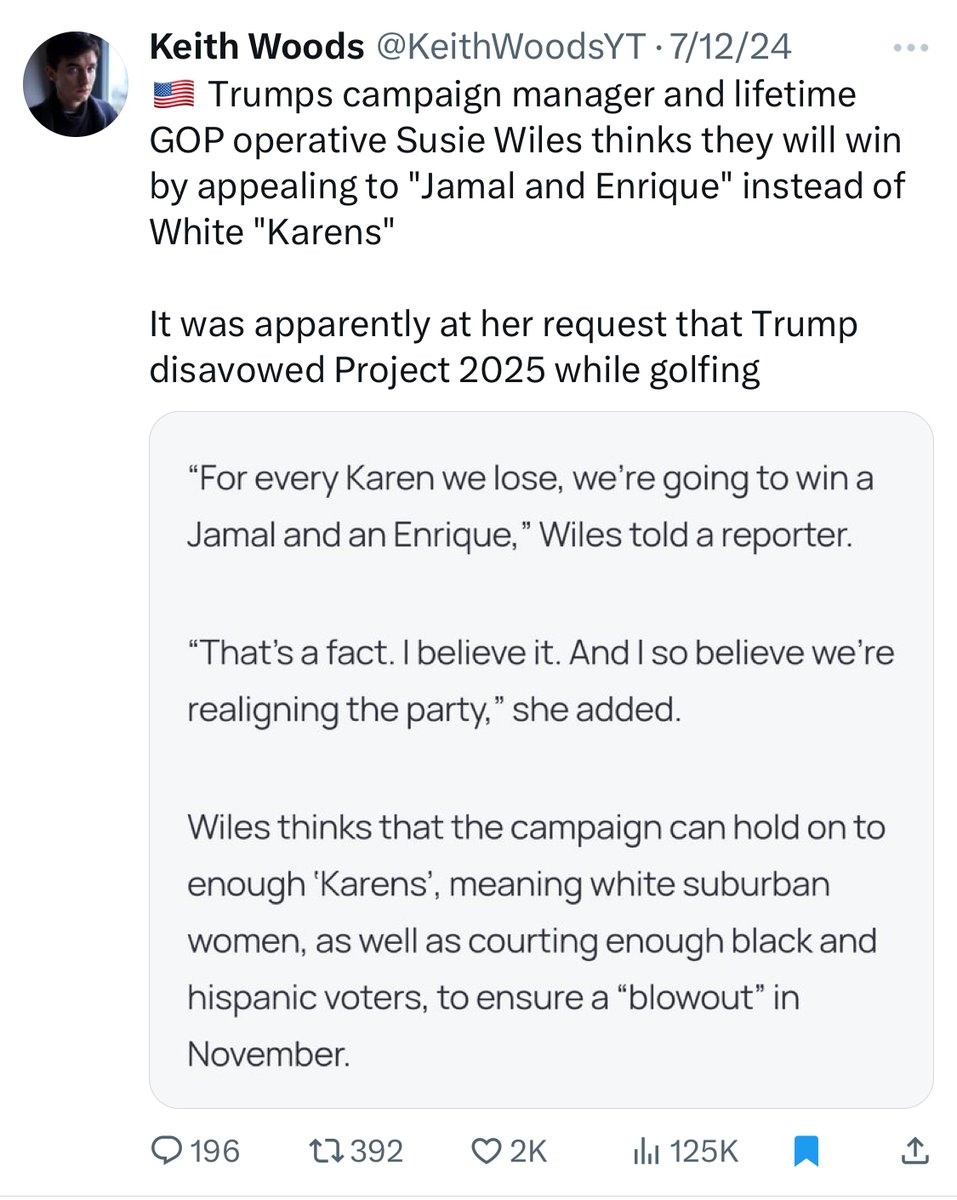
• • •
Missing some Tweet in this thread? You can try to
force a refresh







